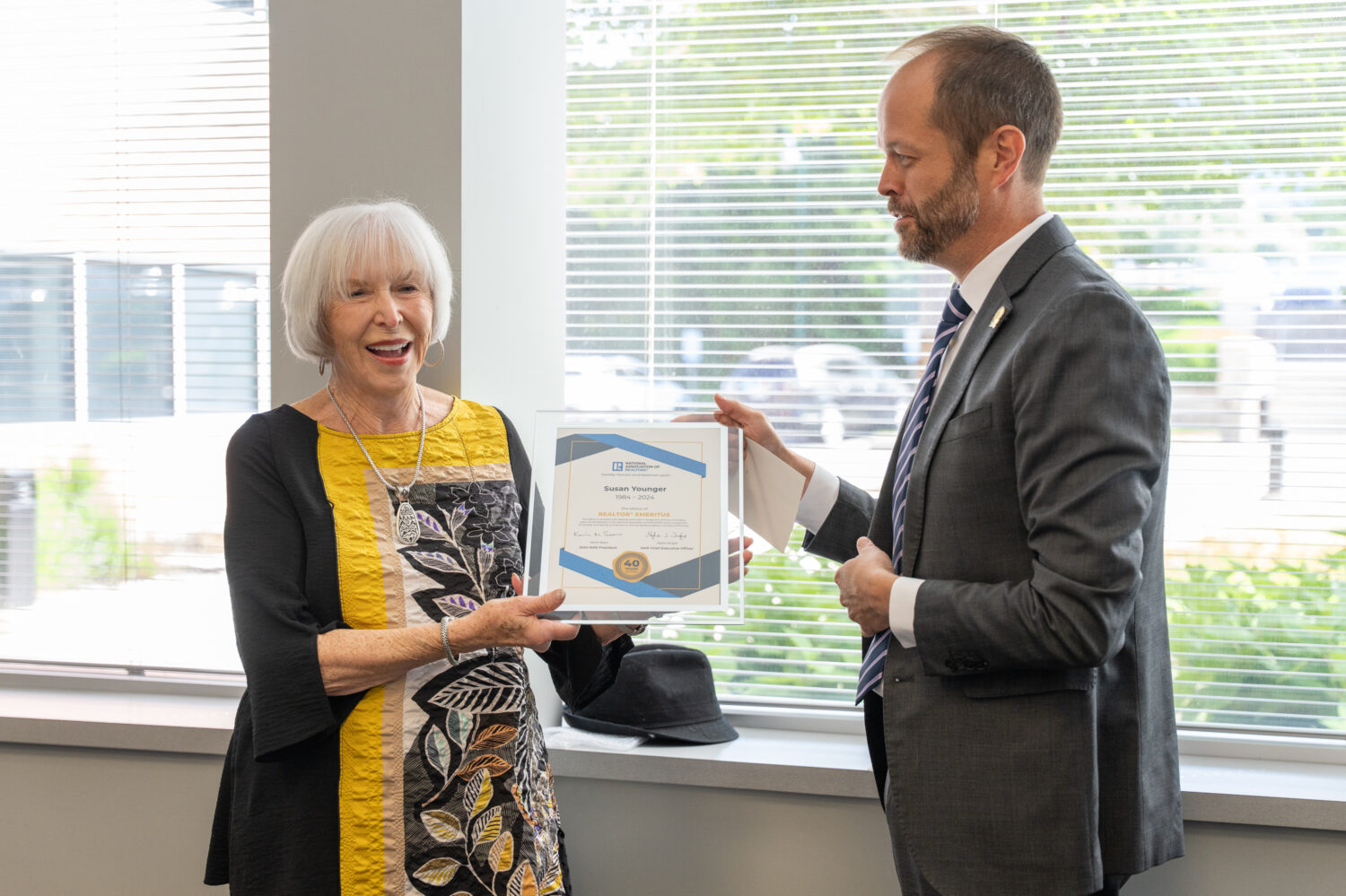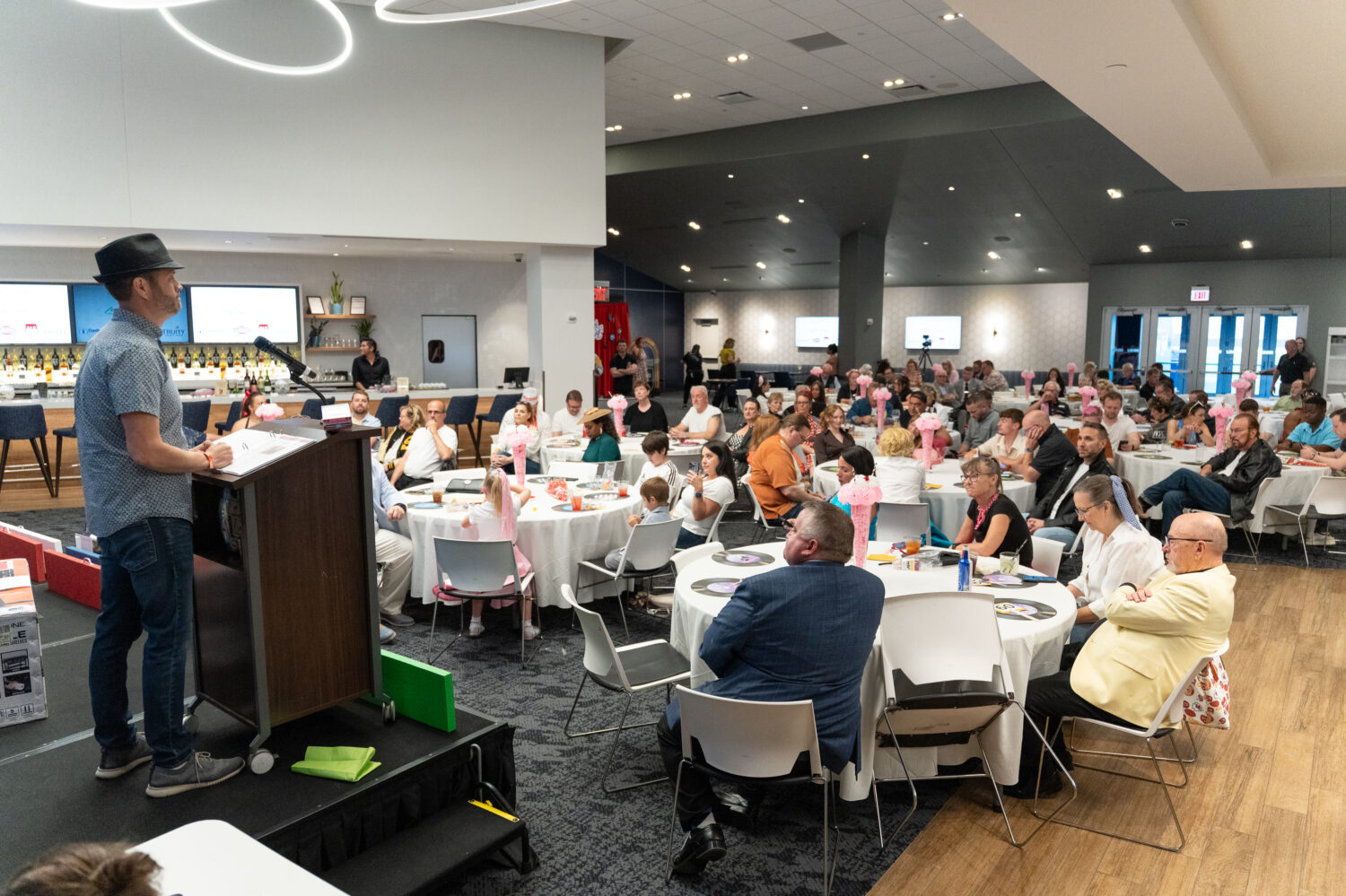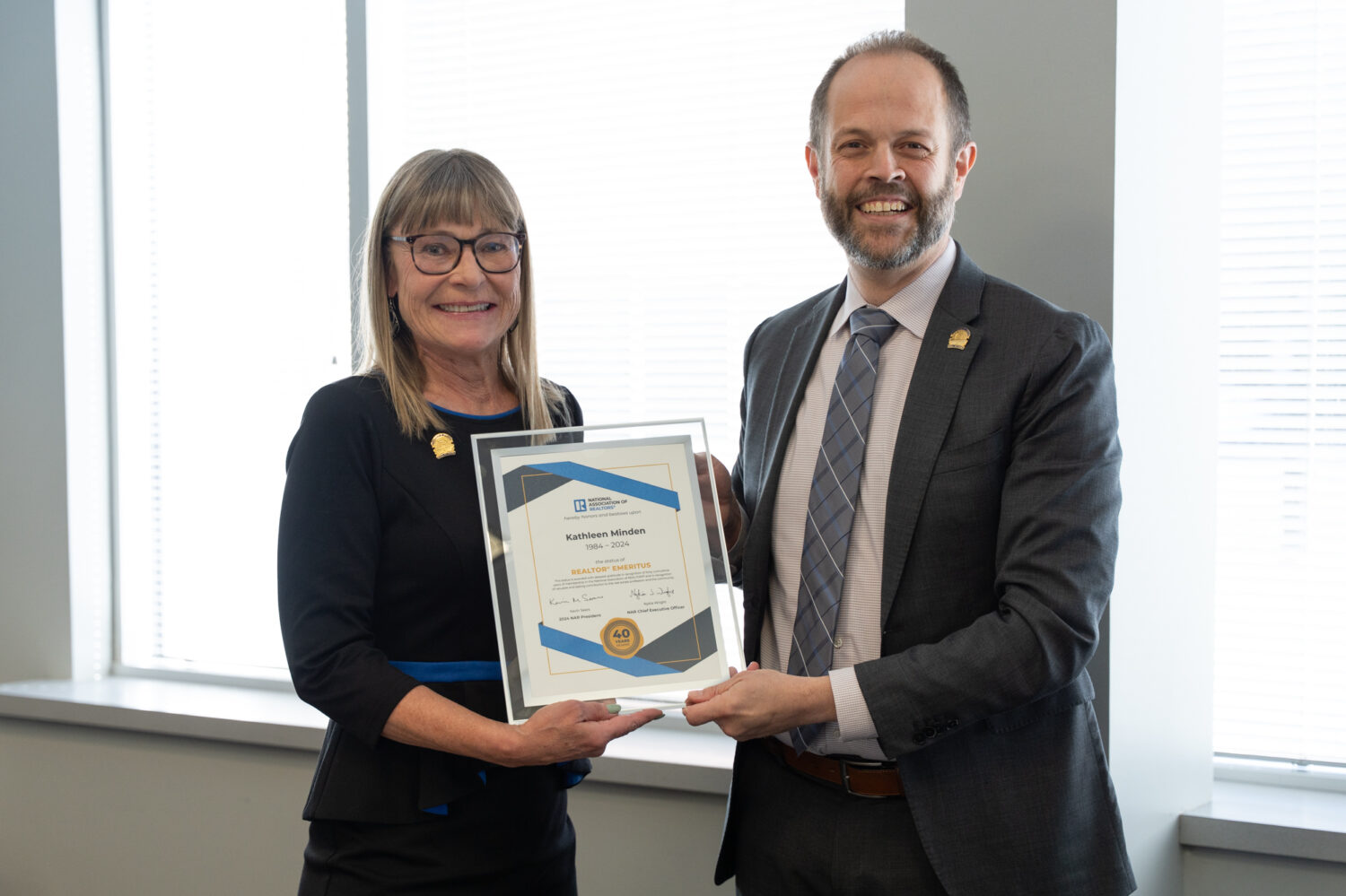
By Kaycee Miller, REALTOR® Magazine
3 Takeaways:
- More buyers are looking for homes in locations not tied to their jobs.
- High costs are prompting people to move further from metro areas.
- Some states are seeing an influx of residents.
In these turbulent times, one thing is for sure: The COVID-19 pandemic has drastically changed the real estate market. Low inventory and high demand continue to drive up home prices as buyers explore new markets and consider new places to call home that previously may have been off the table.
Trends have emerged in terms of popular destinations as a result of changes brought on by the pandemic. Here are a few factors that are expected to continue influencing buyers in 2021.
Remote Work: The New Normal
While remote and virtual work was a growing trend prior to COVID-19, now, nearly a quarter of the U.S. population is currently working from home because of the pandemic. Many experts predict a substantial percentage of the workforce will continue to work remotely in some capacity even after life returns to normal, which means buyers are looking in locations that previously wouldn’t have been a viable option.
With buyers no longer tied to locations because of their jobs, they’re more often considering a move based on lifestyle and quality of life. And if the trend of remote work continues at its expected pace, more buyers will be willing to live further away from their jobs, foregoing downtown areas and public transportation options because they no longer have a daily commute. As a result, homes with a dedicated office space and other work-friendly features will grow in demand.
In San Francisco, some tech company are now allowing employees to work remote indefinitely. I know one buyer who’s now considering moving across the country to North Carolina. There’s not only a substantial difference in housing prices compared to the Bay Area, but he will also be able to keep his current salary. As you can imagine, this will have a massive impact on his family’s income and savings—and it’s something he never would have considered pre-pandemic.
High Costs Contributing to Migration
With people spending more time at home than ever before, many are weighing the pros and cons of price per square footage and opting for more space in a rural location as opposed to less space in a highly populated area.
A growing number of city-based buyers are also considering moving to the suburbs for the first time in pursuit of lower housing prices. And many people have been forced to move during the pandemic as a result of income or job loss.
The draw of popular downtown areas will not likely disappear completely. Job opportunities and proximity to restaurants, entertainment, and culture will continue to attract buyers. However, 2020 did result in more homeowners and renters moving to the suburbs, especially areas with a high number of COVID-19 cases.
Prioritizing the Great Outdoors
As Americans seek easy access to outdoor recreation options, there have been major increases in the number of people moving into states like Utah, Oregon, New Mexico, and Idaho this year, perhaps looking for more distance from others.
Bend, Ore., for example, was recently named the second-fastest growing city in the nation. This is a mountain town well known for its year-round recreational opportunities, healthful lifestyle, and outdoor amenities. People from around the nation are flocking there to make a new life for themselves.
The changes this year have been so abrupt and drastic that we have no precedent for examining these trends. What we do know, however, is that the pandemic is ongoing and its complete impact on the real estate industry remains to be seen. The trends we are tracking may or may not be permanent, but it’s worth keeping a close eye on population movement, as these metrics will definitely influence what the marketplace will look like in 2021.
— Reprinted from REALTOR® Magazine Online, December 2020, with permission of the National Association of REALTORS®. Copyright 2020. All rights reserved.





